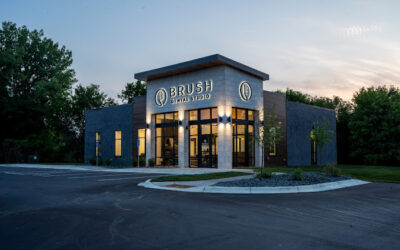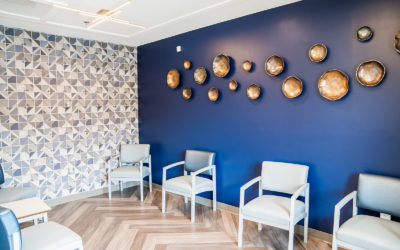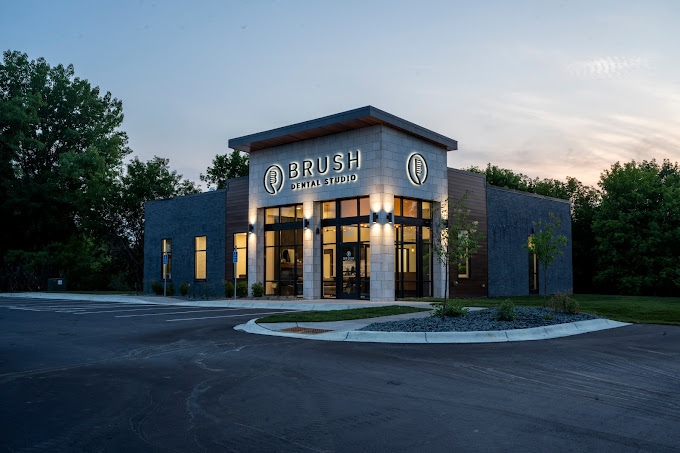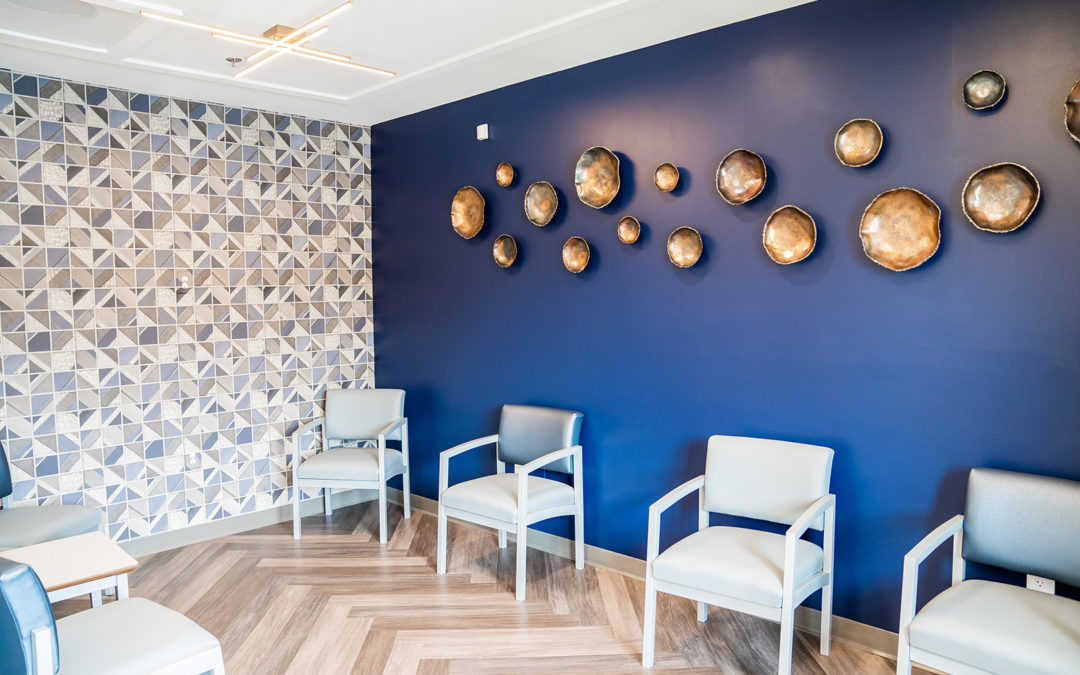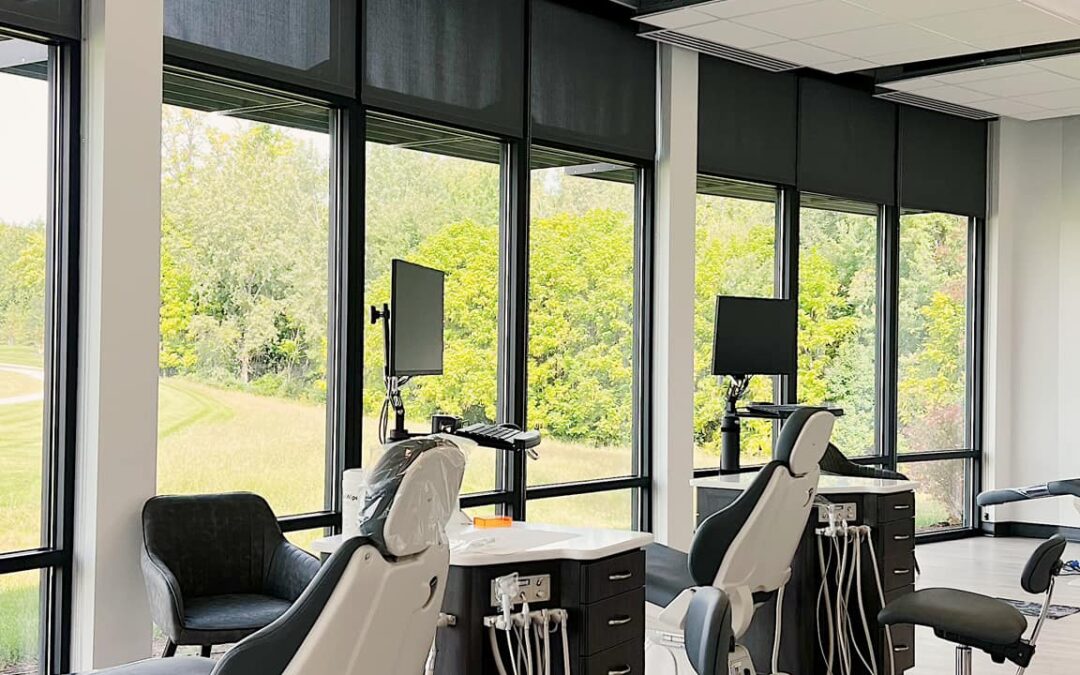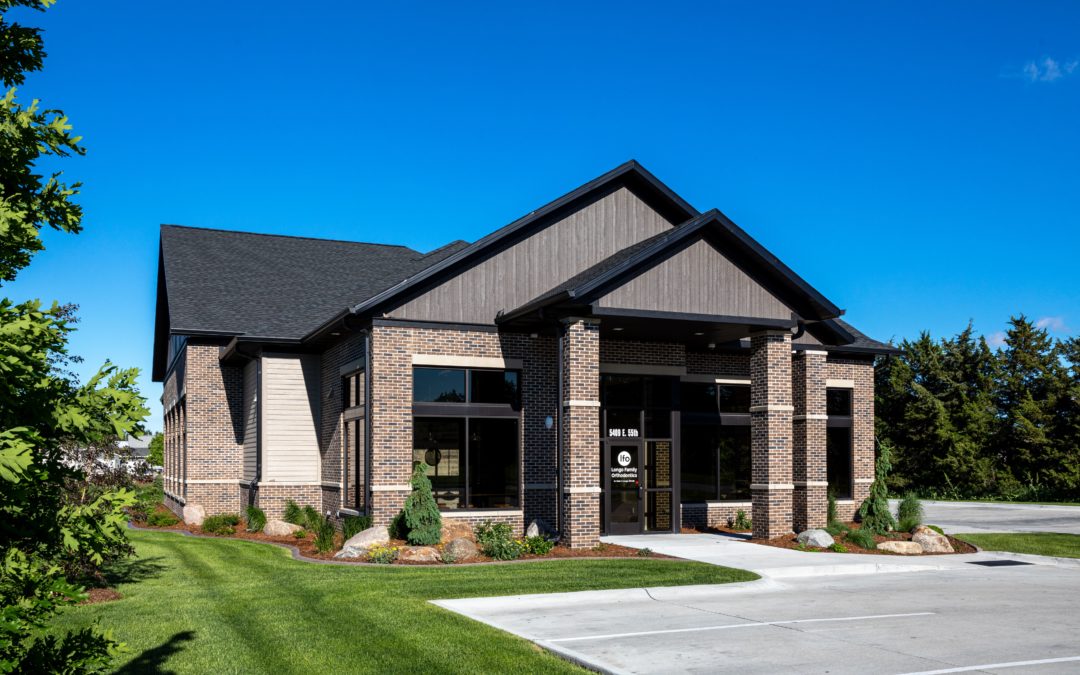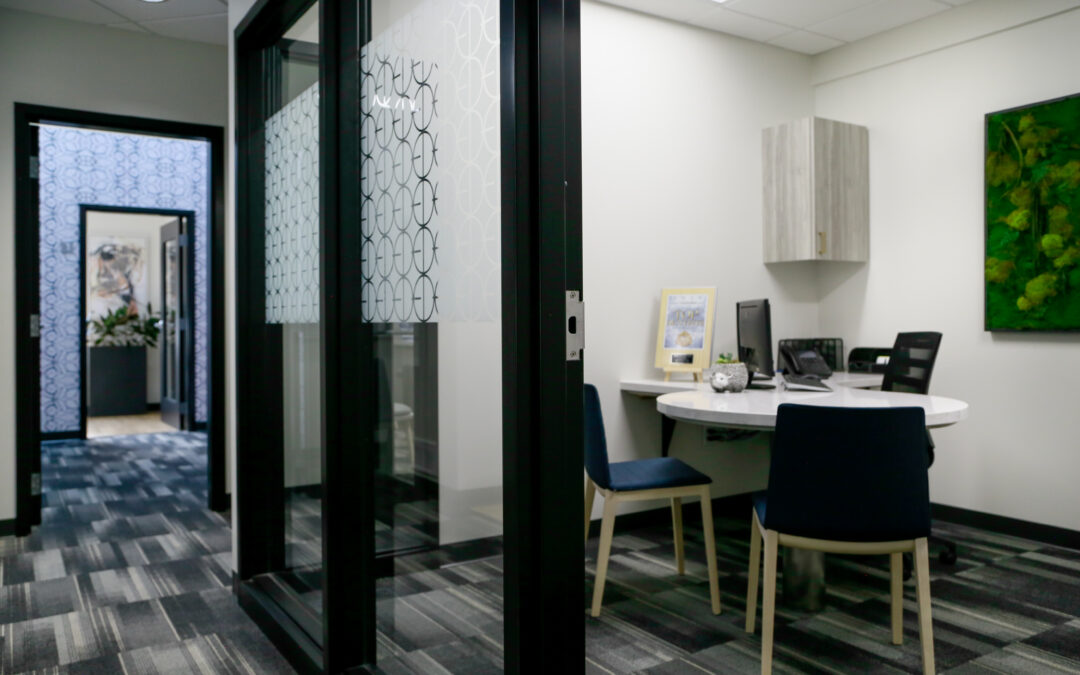In the construction industry, completing a project on time is essential for client satisfaction, cost management, and maintaining a strong reputation. However, staying on schedule can be challenging, as unforeseen delays and complex logistics often disrupt even the...

Timeline Management: Keeping Your Construction Project on Schedule
In the construction industry, completing a project on time is essential for client satisfaction, cost management, and maintaining a strong reputation. However, staying on schedule can be challenging, as unforeseen delays and complex logistics often disrupt even the best-laid plans. Effective timeline management is the backbone of successful construction projects. Here, we share best practices for scheduling, anticipating potential delays, and ensuring timely project completion across various construction sectors.
The Importance of Timeline Management
Time is money, especially in construction. Delays can lead to cost overruns, strained client relationships, and a domino effect on other projects. A well-managed timeline ensures:
- Budget Adherence: Staying on schedule minimizes extended labor costs and material price increases.
- Client Satisfaction: Delivering on time strengthens trust and enhances your reputation.
- Operational Efficiency: Efficient scheduling allows teams to optimize resources and reduce downtime.
- Legal Compliance: Many contracts include penalties for late delivery, so meeting deadlines avoids potential fines.
Best Practices for Scheduling in Construction
1. Develop a Comprehensive Project Plan
The foundation of any successful project is a detailed plan. Start by outlining the project’s scope, milestones, and deliverables. Use this plan as a blueprint to develop a realistic timeline.
- Define Milestones: Break the project into phases, such as design, permitting, site preparation, construction, and inspection.
- Allocate Resources: Assign specific teams, tools, and materials to each phase.
- Set Deadlines: Establish realistic deadlines for each milestone to ensure steady progress.
2. Leverage Construction Scheduling Tools
Modern construction scheduling software simplifies the planning process and improves accuracy. Tools like Primavera P6, Microsoft Project, and Procore enable project managers to create detailed schedules, track progress, and identify potential bottlenecks.
- Gantt Charts: Use visual tools to outline task sequences and dependencies.
- Real-Time Updates: Implement software that allows team members to update progress in real time.
- Resource Allocation: Optimize resource usage by monitoring labor and equipment availability.
3. Build in Contingency Time
No project is immune to unexpected challenges. Anticipate delays by incorporating buffer time into your schedule.
- Weather Delays: Allocate extra time during seasons prone to adverse weather conditions.
- Material Shortages: Account for potential supply chain disruptions.
- Design Revisions: Plan for minor changes based on client feedback or inspection findings.
Anticipating Potential Delays
1. Identify Risk Factors Early
Conduct a risk assessment during the planning phase to identify potential delays. Common risk factors include:
- Permitting Issues: Delays in obtaining permits or inspections can stall progress.
- Labor Shortages: A lack of skilled workers can slow project timelines.
- Material Availability: Supply chain disruptions may impact the timely delivery of materials.
- Weather Conditions: Rain, snow, and extreme heat can hinder construction activities.
2. Engage Stakeholders Proactively
Effective communication with clients, subcontractors, and suppliers reduces the risk of misunderstandings and delays.
- Hold Regular Meetings: Conduct weekly progress meetings to address concerns and align on expectations.
- Share Updates: Use communication platforms to keep all stakeholders informed of changes or potential delays.
- Clarify Responsibilities: Clearly define each party’s roles and responsibilities to avoid confusion.
3. Plan for Permit and Inspection Delays
Permits and inspections are often unavoidable bottlenecks. Proactively addressing these can mitigate their impact.
- Early Applications: Submit permit applications as early as possible to avoid processing delays.
- Pre-Inspection Checklists: Ensure readiness for inspections by following pre-established checklists.
- Maintain Relationships: Build strong relationships with permitting authorities to facilitate smoother processes.
Ensuring Timely Project Completion
1. Monitor Progress Regularly
Continuous monitoring helps identify issues before they escalate. Use progress reports and site visits to stay informed.
- Daily Updates: Require supervisors to provide daily updates on completed tasks and any challenges encountered.
- Progress Reports: Compile weekly reports to track overall project status and milestones.
- Inspections: Conduct regular site inspections to verify that work meets quality standards.
2. Prioritize Effective Communication
A lack of communication is one of the leading causes of project delays. Establish clear communication channels to keep everyone aligned.
- Centralized Platforms: Use project management software to consolidate schedules, updates, and documents.
- Regular Check-Ins: Schedule consistent meetings with teams to address concerns and share updates.
- Transparent Feedback: Encourage open communication to identify and resolve issues quickly.
3. Address Issues Immediately
Delays are often exacerbated by inaction. When problems arise, address them promptly to minimize their impact.
- Problem-Solving Teams: Designate a team to resolve issues as they occur.
- Quick Decision-Making: Empower project managers to make decisions on-site without lengthy approvals.
- Contingency Plans: Implement pre-determined contingency plans for common challenges, such as equipment breakdowns or labor shortages.
Case Studies: Successful Timeline Management
Case Study 1: A Commercial Office Building
A commercial office building project was scheduled for completion in 12 months. To ensure timely delivery, the project manager:
- Used Gantt charts to track task dependencies and deadlines.
- Built a contingency buffer of two weeks for weather delays.
- Held weekly meetings with subcontractors to address progress and challenges.
Result: The project was completed one week ahead of schedule, saving costs and exceeding client expectations.
Case Study 2: A Residential Development
A residential development project faced supply chain disruptions due to material shortages. The project manager mitigated delays by:
- Sourcing alternative suppliers to avoid prolonged shortages.
- Re-sequencing tasks to keep teams productive while waiting for materials.
- Communicating openly with the client about adjusted timelines.
Result: Despite initial delays, the project was completed on time by adapting to challenges quickly.
The Role of Collaboration in Timeline Management
Timely project completion relies on collaboration among all stakeholders. Foster a culture of teamwork by:
- Building Relationships: Develop trust with clients, subcontractors, and suppliers.
- Encouraging Accountability: Hold teams accountable for meeting deadlines and quality standards.
- Sharing Goals: Align all stakeholders on the importance of completing the project on time.
Effective timeline management is crucial for the success of any construction project. By developing comprehensive plans, leveraging scheduling tools, anticipating risks, and fostering collaboration, you can keep your projects on track. Remember, the key to managing timelines is flexibility—adapt to challenges as they arise and communicate openly with all stakeholders.
When you prioritize scheduling and proactive problem-solving, you not only meet deadlines but also build a reputation for reliability and excellence in the construction industry. With the right approach, timely project completion becomes not just a goal but a consistent achievement.
You Might Also Like
Timeline Management: Keeping Your Construction Project on Schedule
Aesthetic Appeal: Exterior Design and Brand Perception in the Dental Industry
In today's competitive market, where first impressions often determine consumer choices, the aesthetic appeal of a business's exterior can significantly influence brand perception. This principle holds particularly true in the dental industry, where the exterior...
The Art and Science of Interior Design in Dental Spaces
Designing a dental office is a multifaceted challenge that intertwines clinical functionality with the comfort and reassurance of patients. It's an opportunity to create a space that not only facilitates dental work but also communicates care, sophistication, and...



